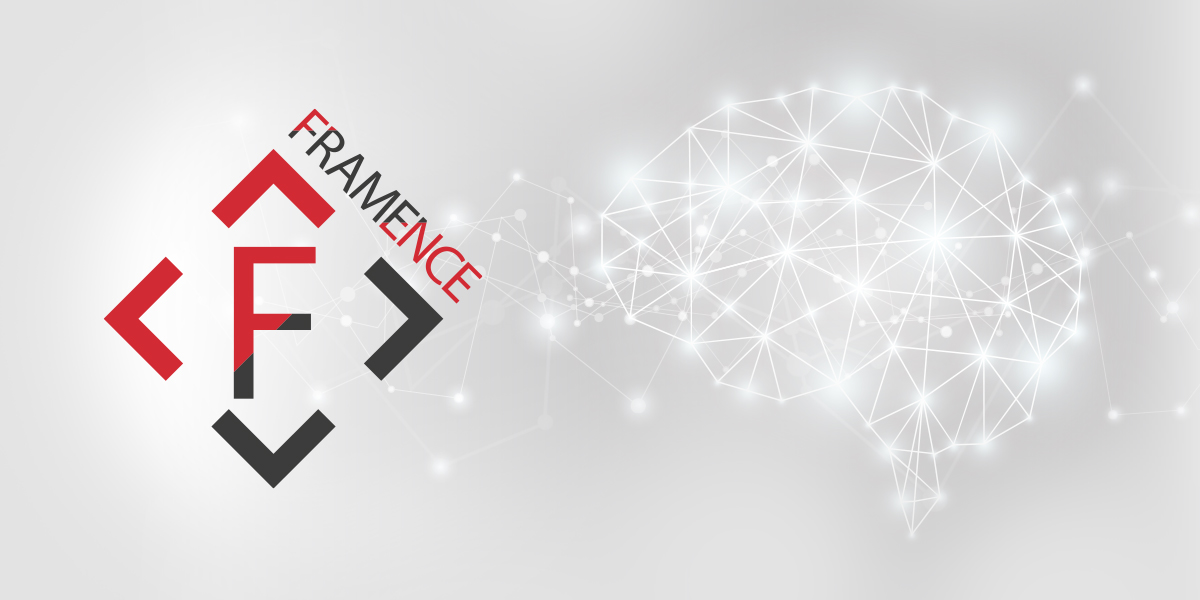In the ever-evolving realm of digital innovation, we encounter a plethora of novel terms and technologies that broaden our grasp of reality. Among these, two buzzwords that hold significant importance are “photorealistic digital twins” and “artificial intelligence.” However, it begs the question: What exactly do these terms entail, and how are they interconnected? In this blog post, we will delve into these captivating concepts within an industrial context and examine their practical applications in our modern world.
What exactly are photorealistic digital twins and artificial intelligence?
To begin with, let’s provide a concise definition: Photorealistic digital twins are virtual representations of various elements, such as technical equipment or entire production environments within a company.
Various methods exist to create such digital twins. We have developed a particularly cost-effective approach that resembles Google Street View, allowing us to generate photorealistic depictions of reality. By simply capturing photos with a digital camera, we can create a dimensionally accurate digital twin without the need for extensive 3D modeling. Moreover, the software is vendor-agnostic, meaning it can incorporate information from third-party systems, such as dashboards, instructions, or videos, and accurately display them on the corresponding equipment. Additionally, since the software is hardware-independent, all that is required to utilize it is a device with an internet connection and camera capabilities. This empowers industrial companies to enhance efficiency, reduce costs, and foster innovative solutions.
Artificial intelligence (AI) refers to the capacity of computers or machines to perform tasks that typically necessitate human intelligence. AI systems can learn from experience, discern patterns, and make decisions in a manner akin to human cognition. By employing algorithms and machine learning, these systems can continuously refine their capabilities.
When two buzzwords meet…
Now, the question arises as to how these two concepts intertwine. The integration of AI into photorealistic digital twins brings forth new possibilities and avenues of application. Specifically, AI enables the connection of digital twins to diverse data sources, facilitating the generation of real-time information and the execution of intricate analyses.
Predictive Maintenance
A prime example of AI’s utilization in photorealistic digital twins lies in the monitoring of manufacturing equipment. By incorporating sensors and IoT devices, digital twins can consistently gather and analyze data. Real-time processing of this data by AI algorithms allows for the identification of anomalies or potential issues. This, in turn, enables proactive maintenance or repair of the equipment, averting potential severe damage to the facility or any production downtime. Additionally, AI aids in the detection of unnecessary maintenance cycles, leading to substantial cost savings as they can be discontinued.
Optimizing manufacturing processes with photorealistic digital twins and AI
The combination of digital twins and AI algorithms has the potential to revolutionize manufacturing processes. It allows for real-time monitoring of production lines and quality control. AI can analyze data from embedded equipment sensors, detecting anomalies, optimizing production schedules, and even simulating various scenarios to enhance production efficiency.
Intelligent text and object recognition
Another noteworthy application of AI in photorealistic digital twins, particularly for large enterprises, involves intelligent text and object recognition within the image model. AI-based software automatically recognizes text and objects like fire extinguishers or specific technical equipment. In response to search queries, the software rapidly identifies these objects and provides the user with relevant information, such as their location or condition. Additionally, during live image transmission, the AI can automatically detect leaks and promptly send the user a corresponding warning message.
Photorealistic digital twins and artificial intelligence constitute a genuine revolution within the industrial sector. By implementing these technologies in production, maintenance, and for finding assets faster, companies can enhance efficiency, lower costs, and foster groundbreaking solutions. Looking ahead, it becomes evident that these advancements go beyond mere buzzwords, as they hold the power to permanently transform the industrial landscape.
Are you eager to be part of this transformative change? Contact us at +49 6251 584 0 or via email at info@framence.com, and together we can devise a tailored concept for your application-specific digital twin.








